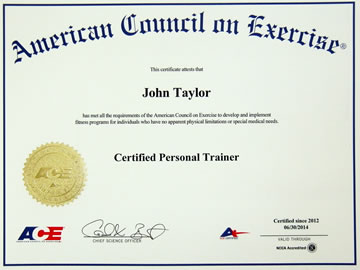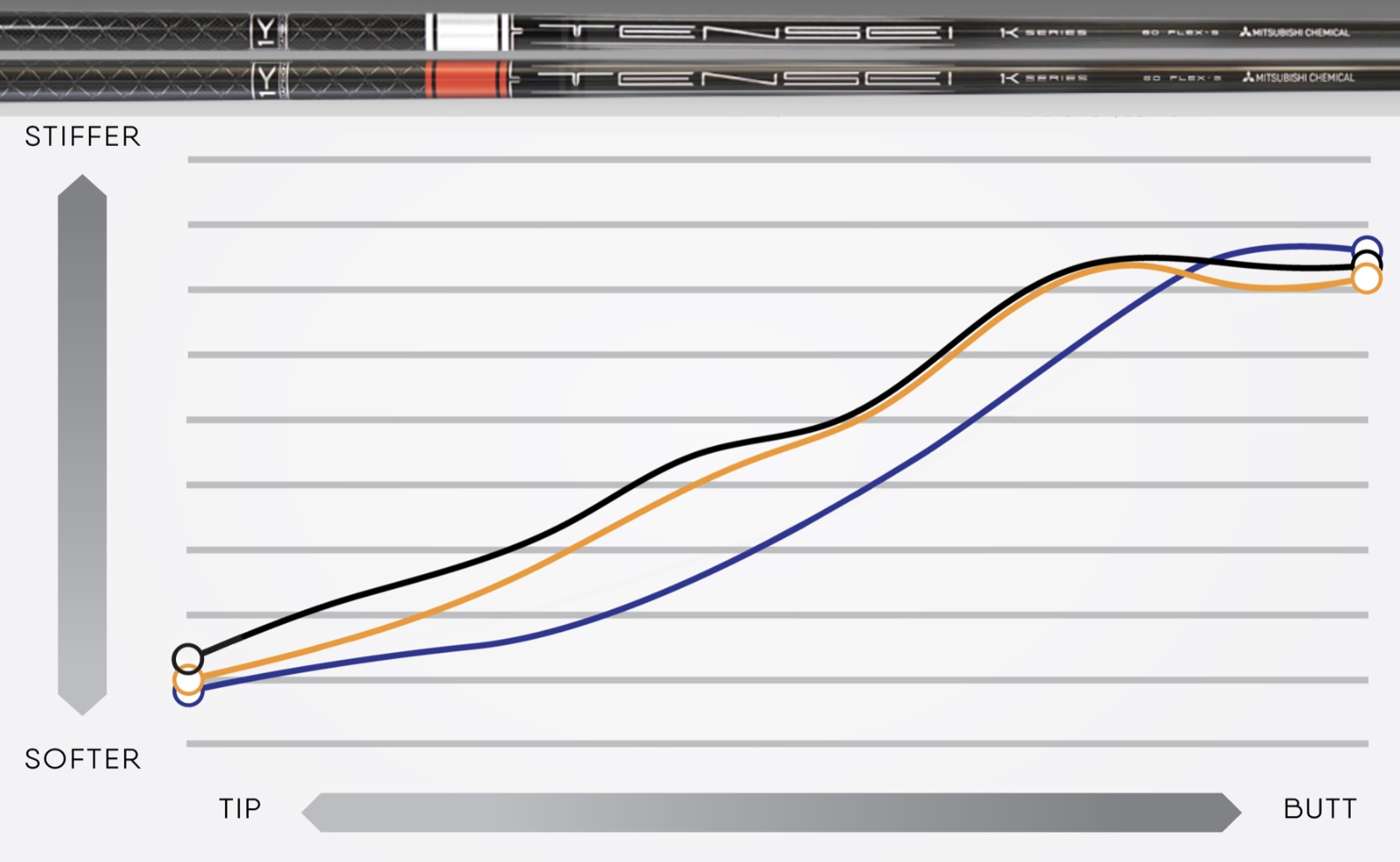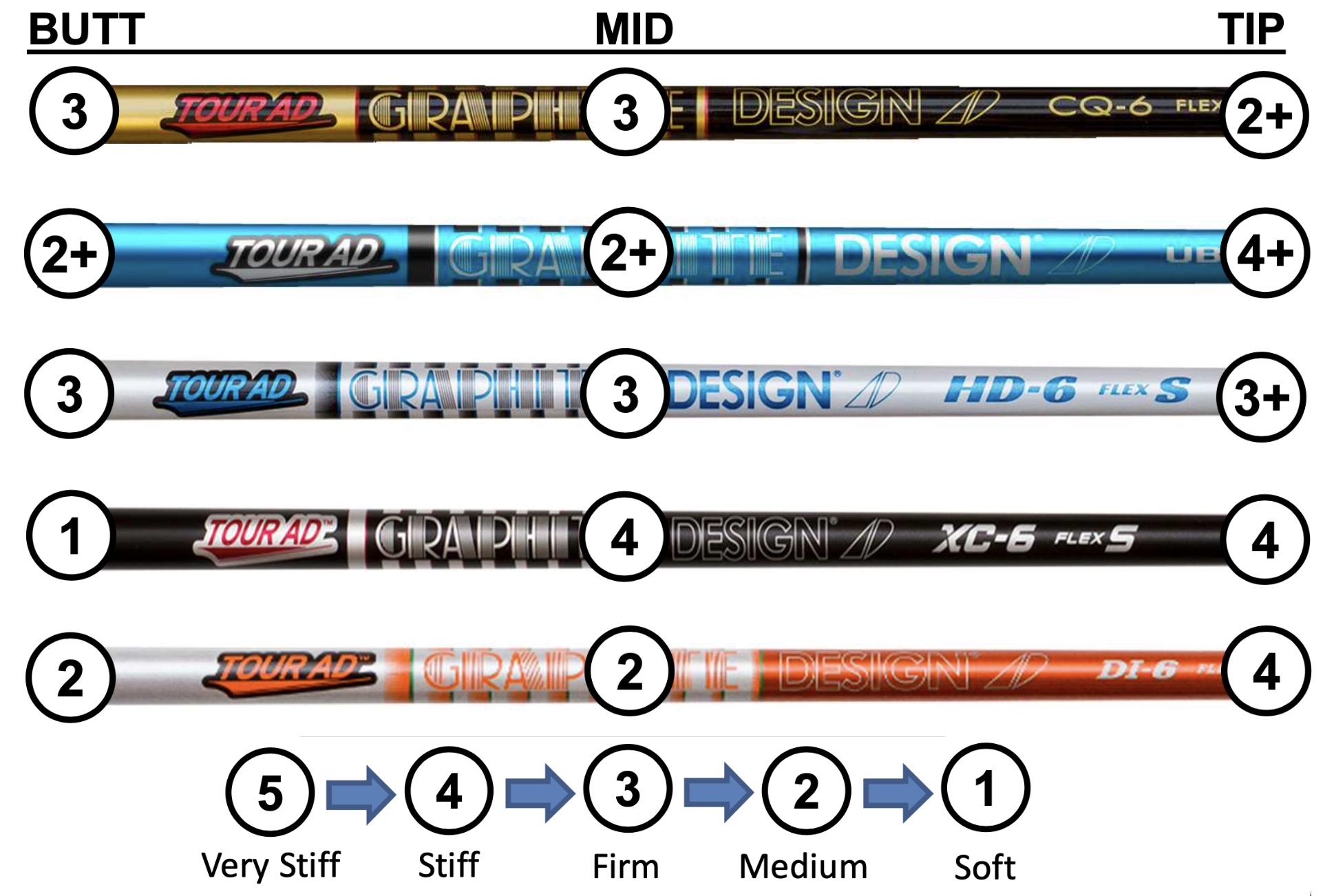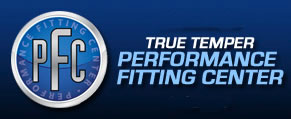Golf Fitness Summit 2
The 2012 World Golf Fitness Summit (WGFS) gave us several presentations on what I think of as the bookends of golf fitness. On the front end is golf swing biomechanics -- in the case of the TPI view it means what all great ball strikers have in common. On the back end are problems that happen when there are fitness/range-of-motion limitations, a common problem among pros and amateurs alike.
Components of the golf swing were examined beautifully by Chuck Cook, a top instructor from Texas, who used the K-Vest 3D motion capture system to analyze individual swings. He also described a series of functional training exercises to enhance mobility and minimize physical limitations. The overall emphasis of the training was to improve separation of upper body and lower body movement.
A look at the backswing showed that as the upper body turns away from the ball, the thorax extends (becomes more upright) while being matched by a corresponding side bend (tilt) to the left side (for a right-handed golfer). From an upper body forward bend at address of 35 - 40 degrees (men), the upper body extends to within 2 - 15 degrees at the top of the backswing in an efficient swing. Because forward bend and side bend are changing simultaneously in the swing, video and direct eye perspectives can be misleading when thinking about spine angle changes.
The pelvis is turning too, of course, but not as much, creating a separation of 45 - 55 degrees from the upper body in the best players. Pelvis extension in the backswing is matched by a corresponding side bend towards the lead side.
Through the transition from backswing to downswing, the separation between upper body and lower body may increase slightly, an action characterized as the X-Factor stretch. It generates extra power in the swing. On the downswing, the shoulder turn moves the trail side downwards creating a force against the ground as body weight shifts to the lead side. Ground reaction forces translate into downswing power.
The hips reach their peak acceleration about halfway through the downswing and the shoulders reach peak acceleration a little later but well before impact. In an efficient swing the separation between hips and shoulders returns to about 5 degrees at impact. Training for optimum separation through the transition and through impact is an important key to generating efficient power in the swing. The K-Vest is an ideal tool for training, overcoming the difficulties of perspective that complicates just about any video setup.
While we can break the swing down into components for detailed biomechanical analysis for efficient movement, we are careful not to lose sight of the beauty of the golf swing. Our goal always is a smooth and rhythmic swing that seems to generate effortless power from the flow of the movement. We think it's an essential part of the satisfaction that comes from sending the ball long and accurately to our chosen target.





























 John Taylor
John Taylor
Reader Comments